Felt
One of the most ancient textiles on Earth, felt has many valuable properties due to its unique structure that is able to capture gaseous, liquid, and solid substances, absorb heat and sound, and take various shapes.
In this research, we explored the features of the material and reproduced some of them in a digital form.
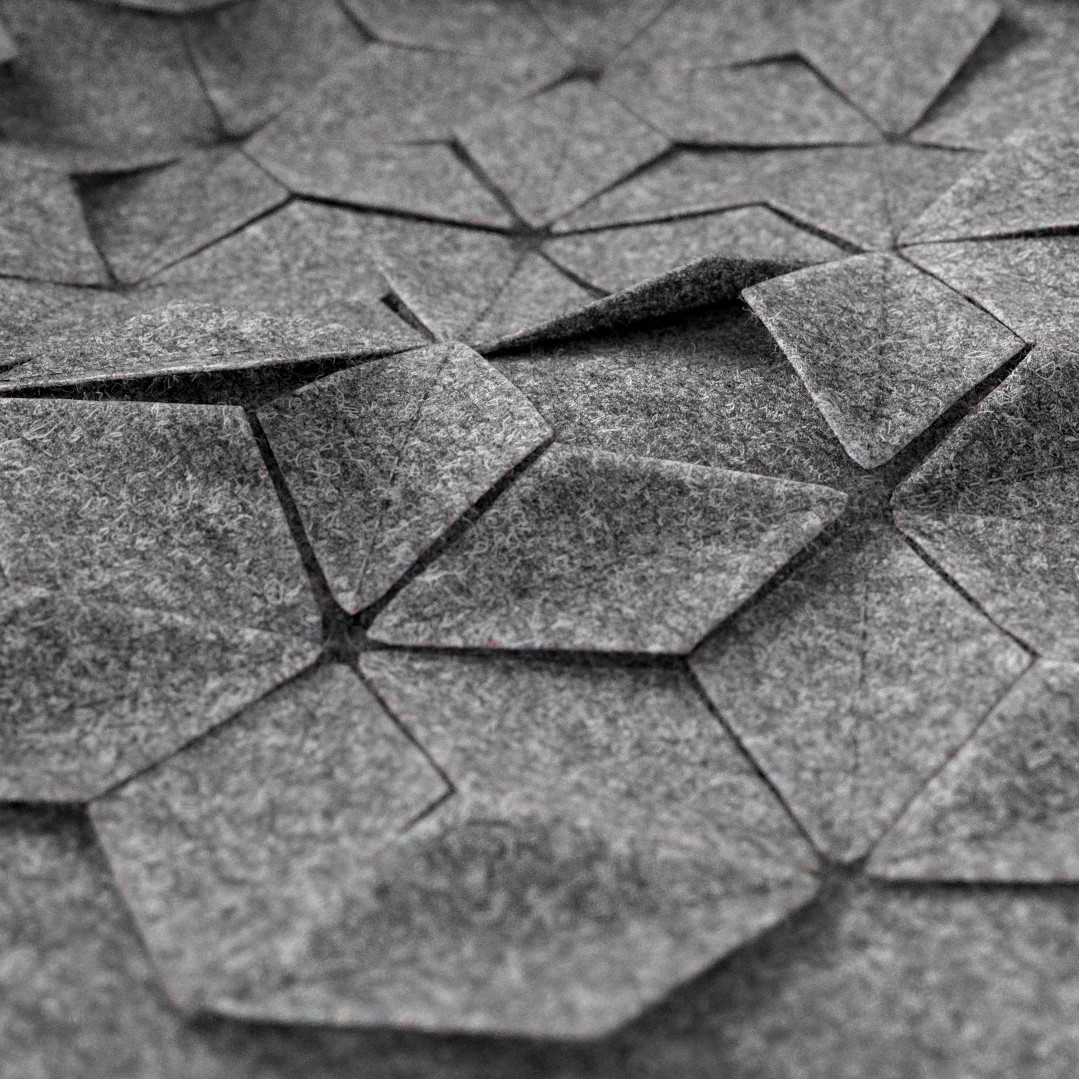
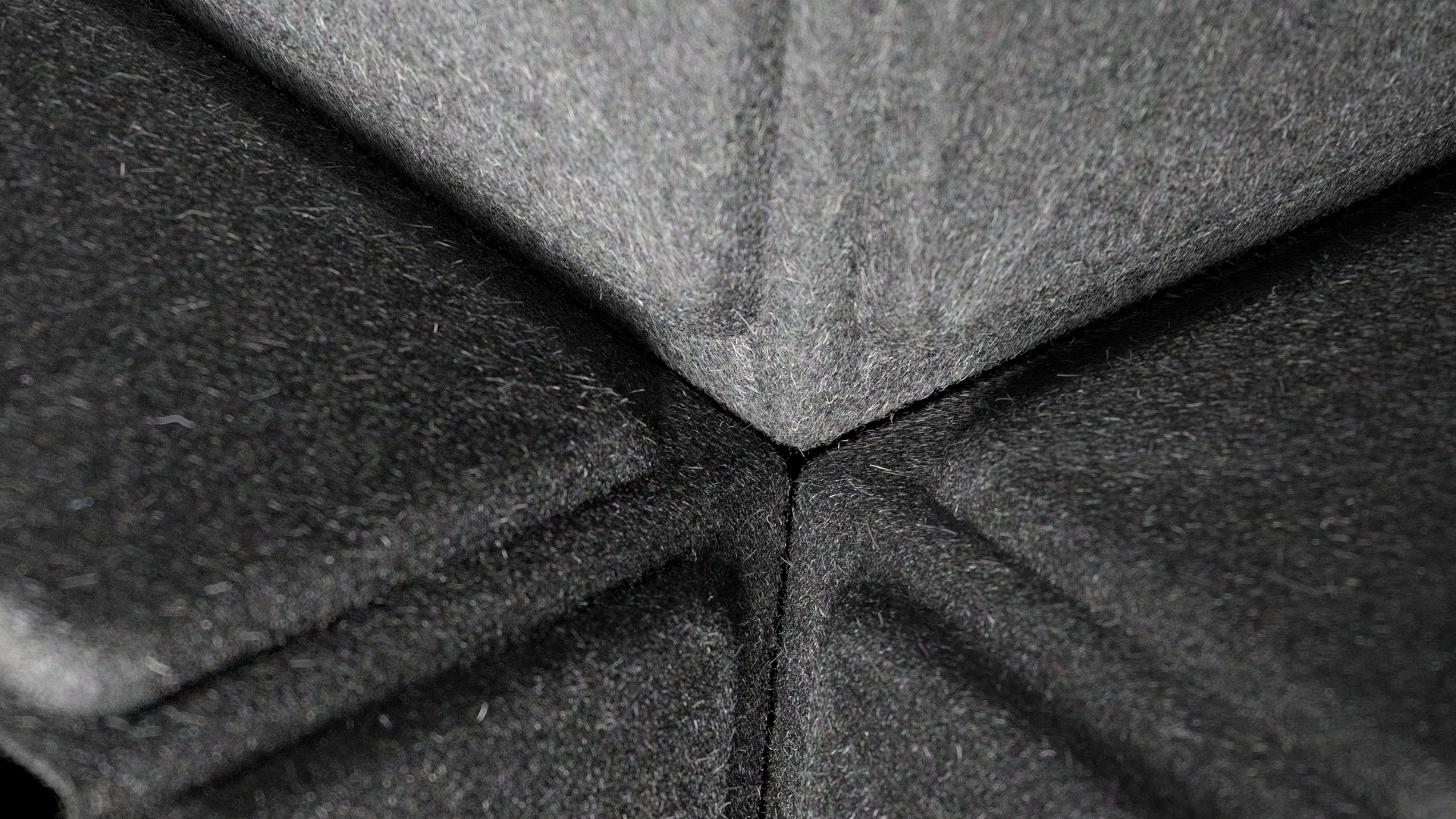
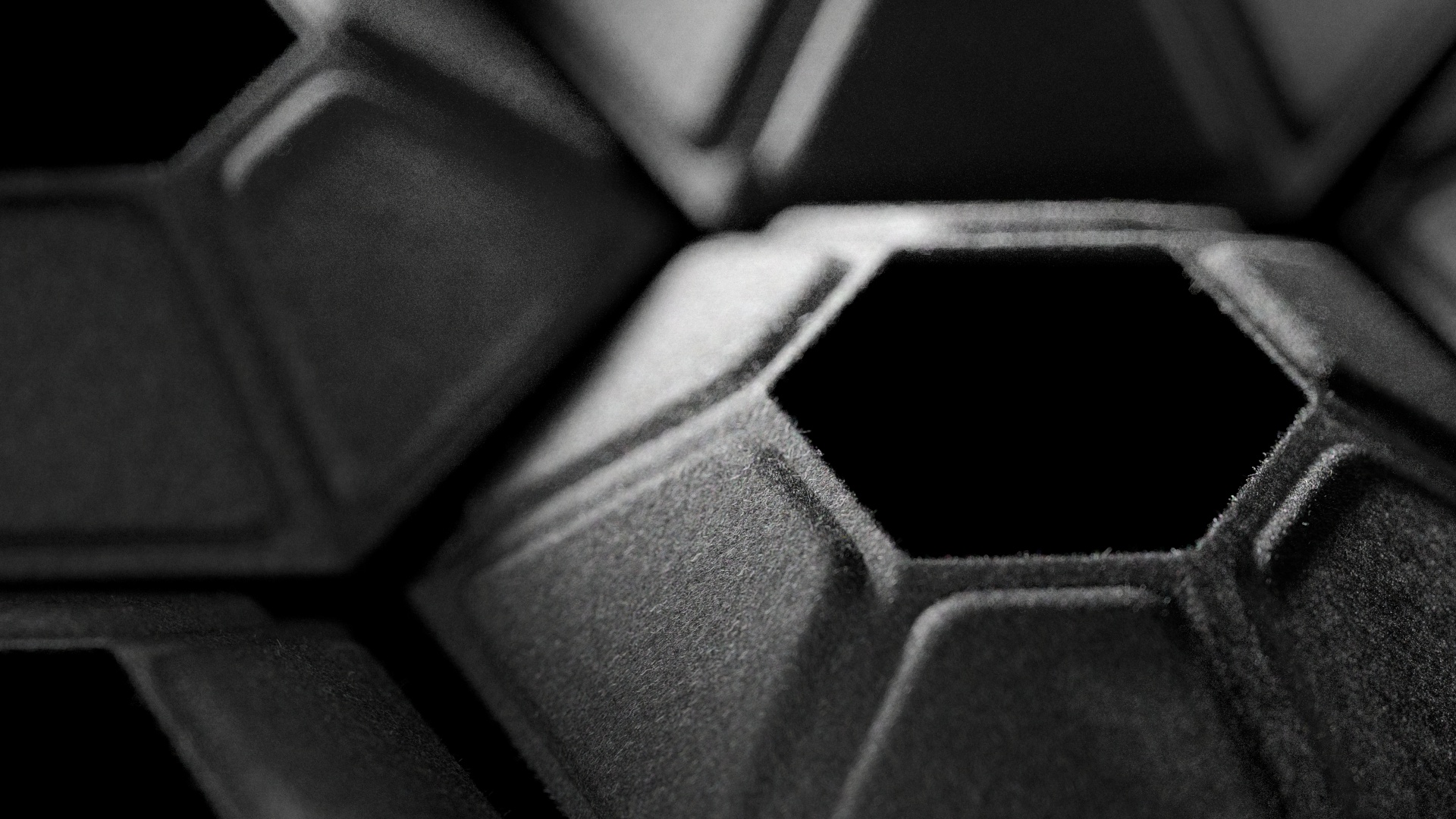
Production
There are two main methods to produce felt. The first is called wet felting, and its core is the same as centuries ago: influenced by steam, hot water, and pressure, wool fibers change their shapes, intertwine, and flatten, forming a single piece of fabric.
The second way is needle felting. In this process, water is not used, and wool is compressed by needles piercing it.
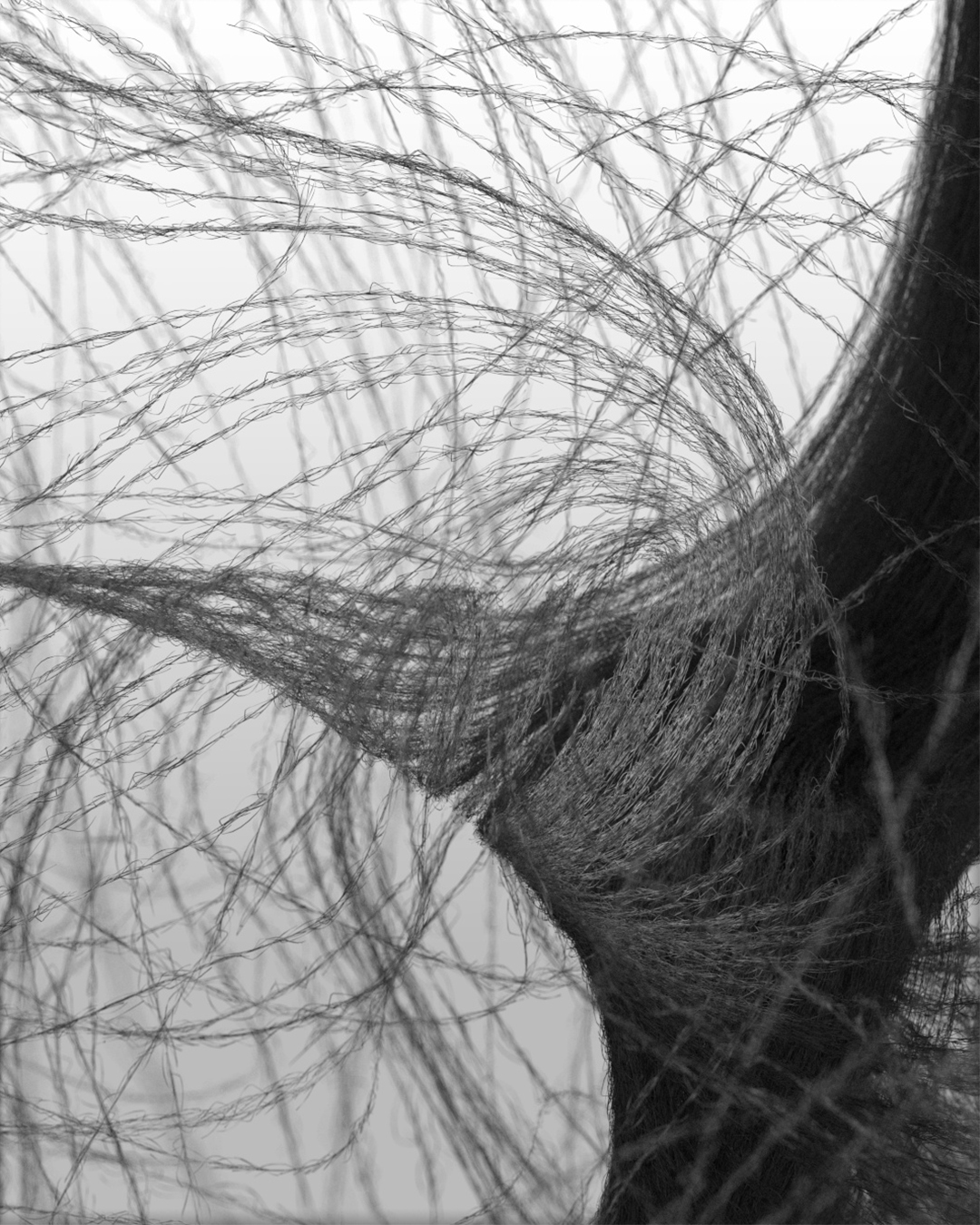
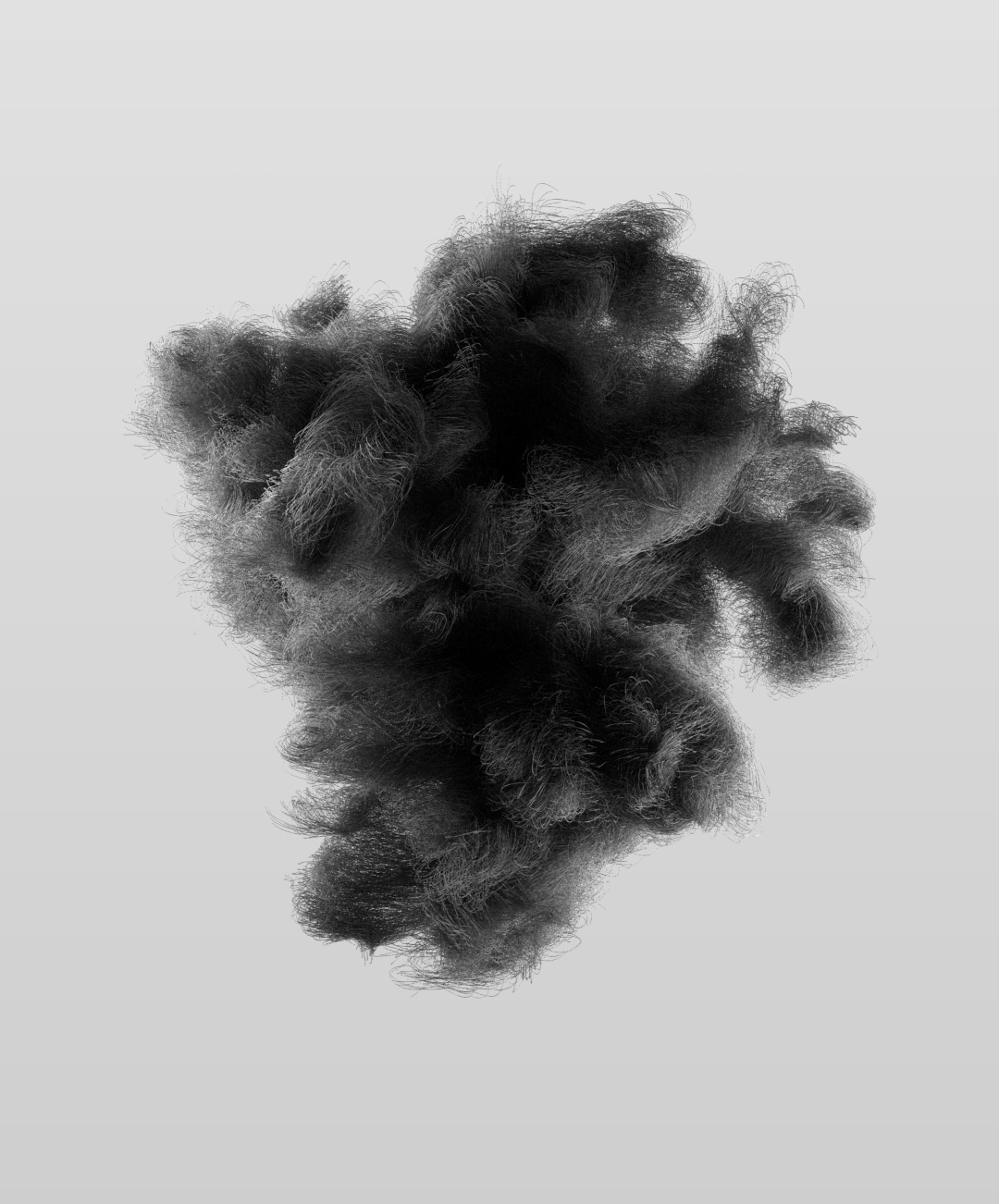
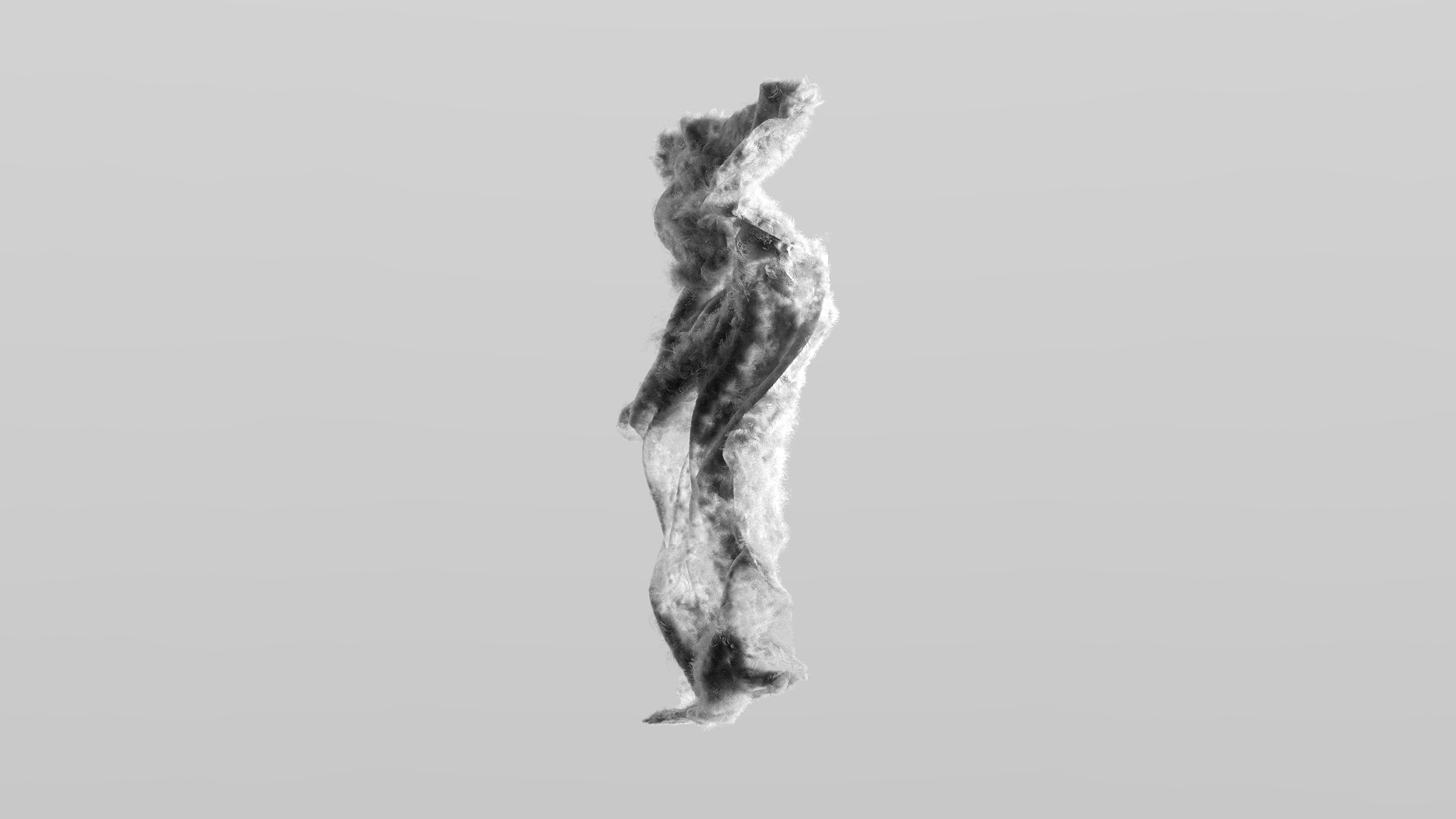
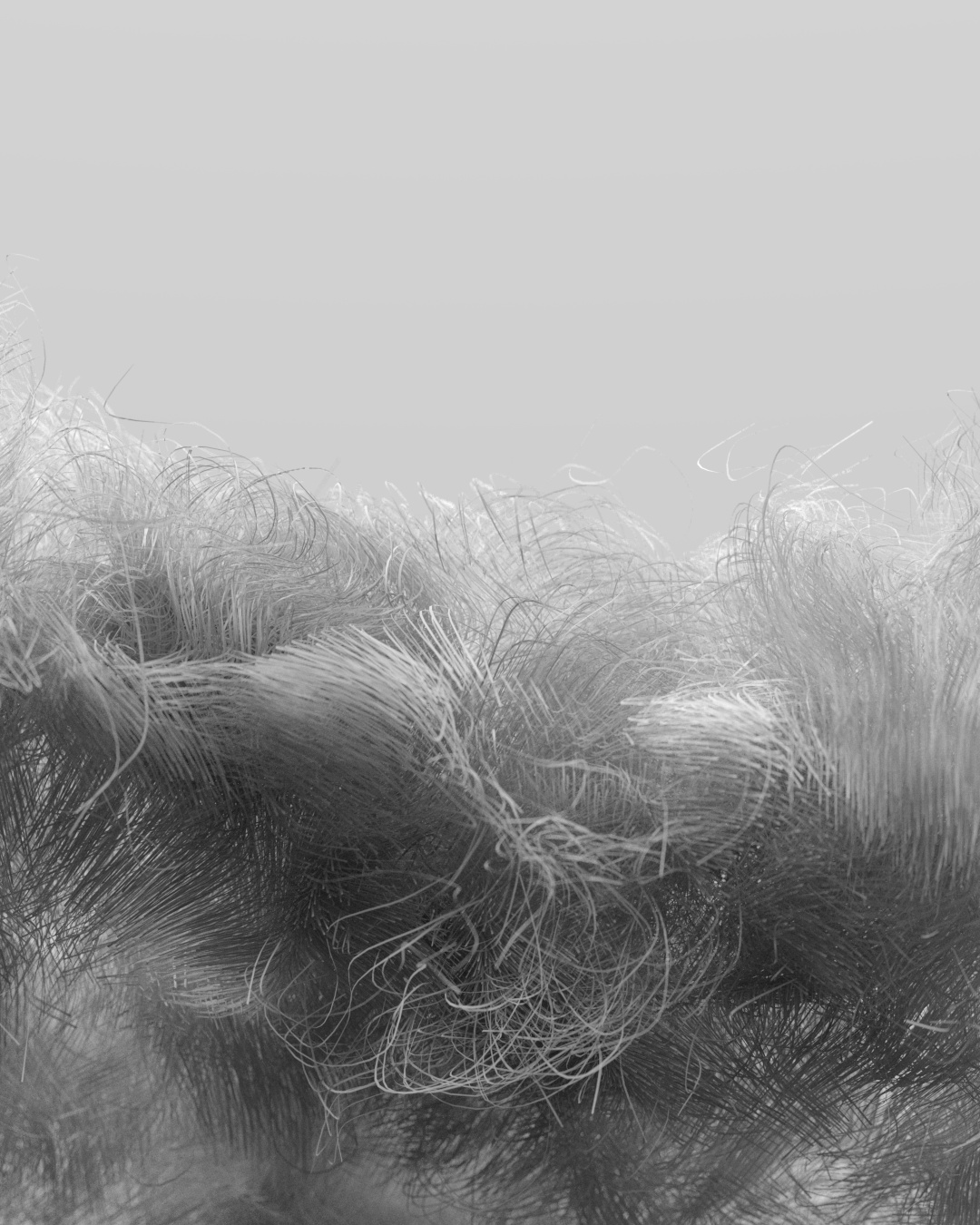
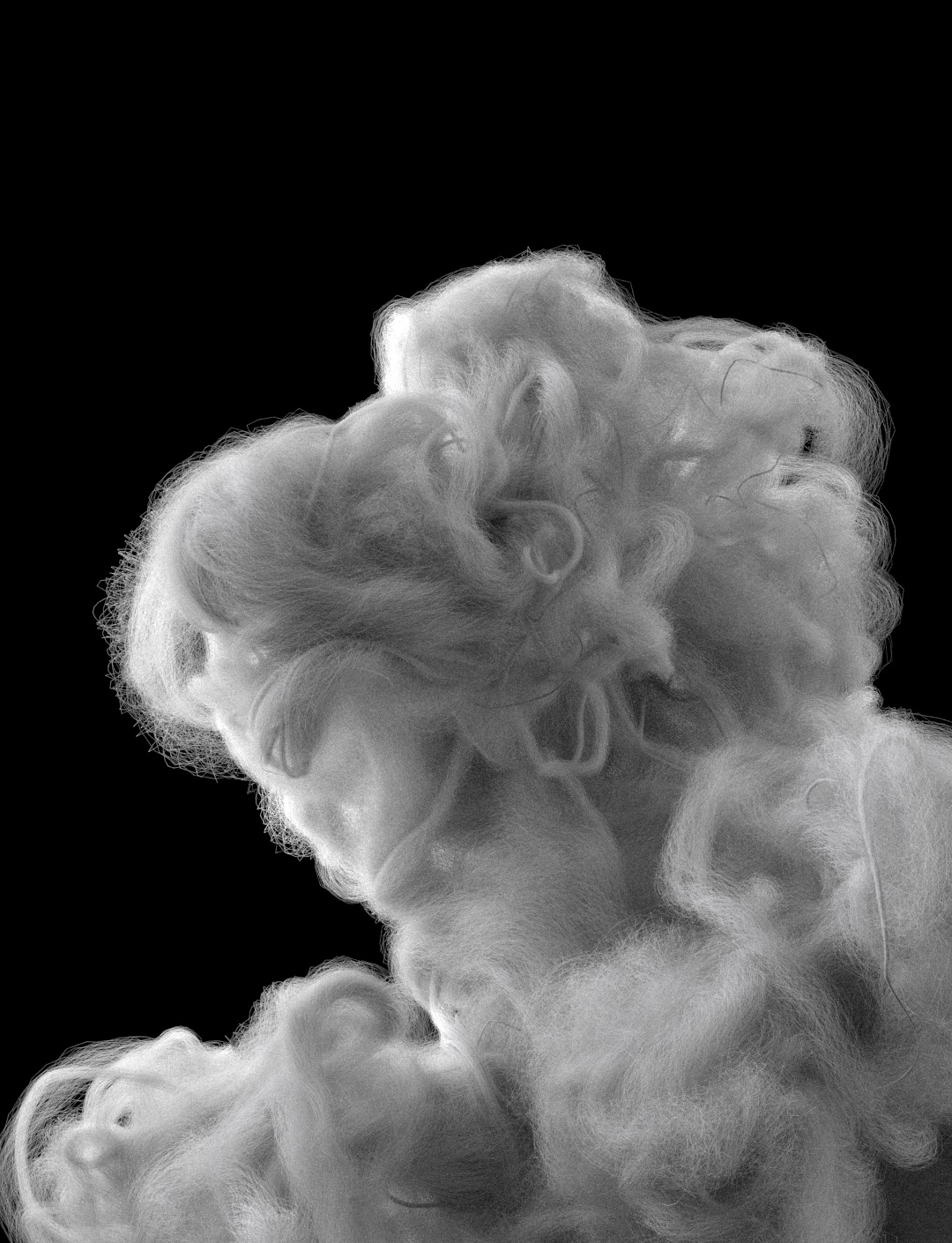
The two methods are different in terms of their result: felt produced with needles better retains its shape. However, needle felting consumes less energy and can be used to make felt from synthetic or plant-based fibers that do not react to water and pressure the same way wool does.

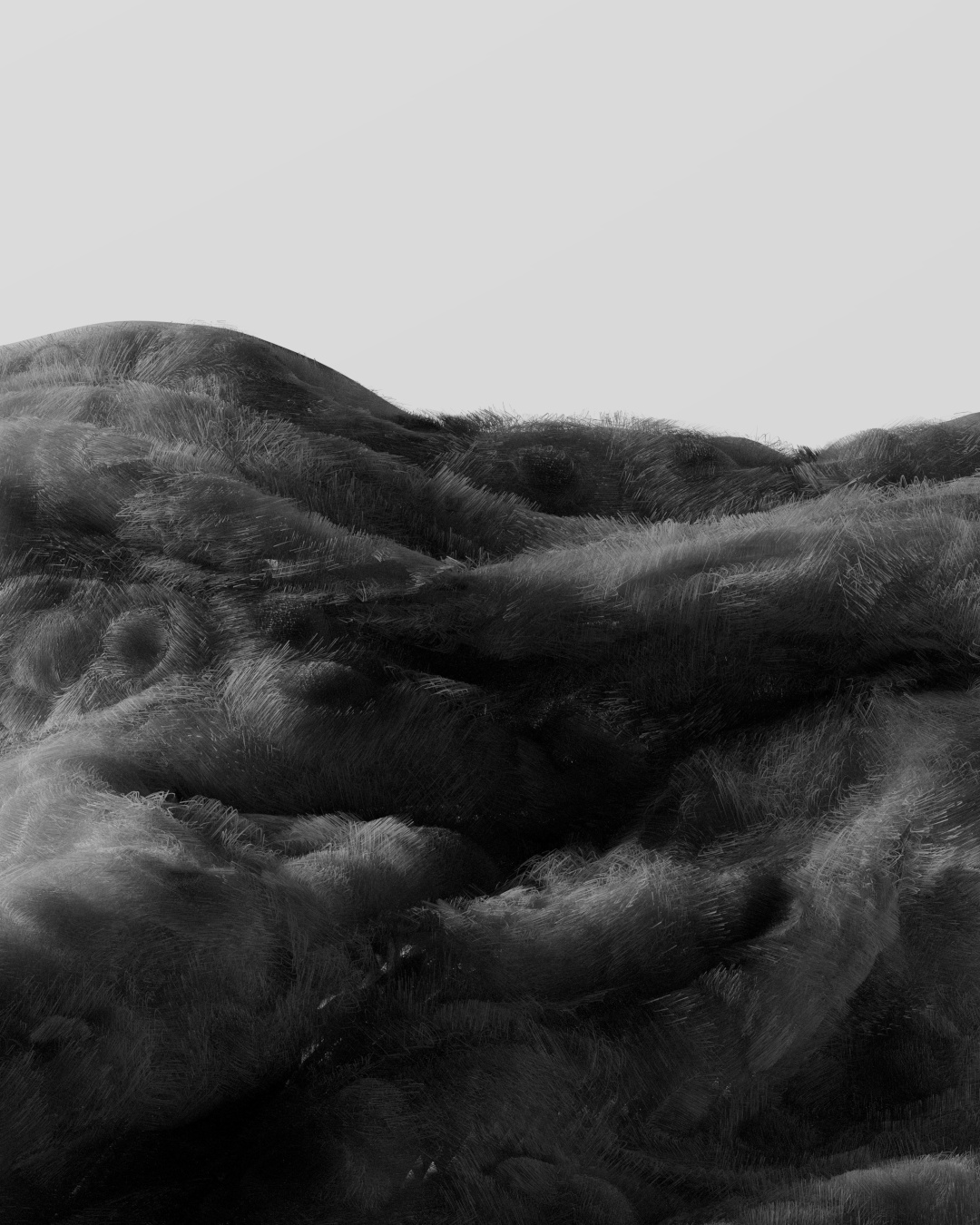
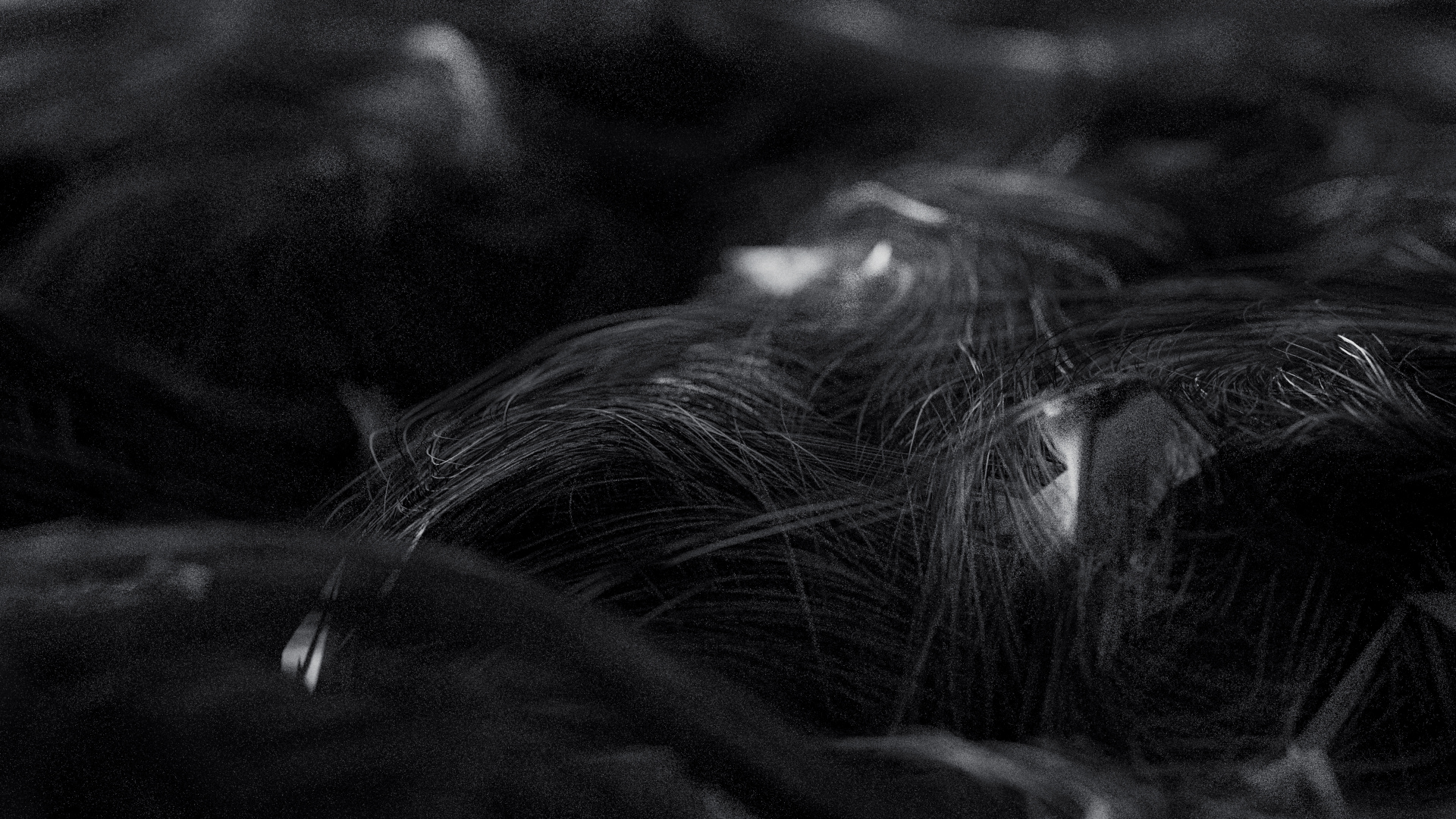

Often, felt is produced using several types of fibers: in this case, the matter needs to undergo a preparatory mixing phase.
In special carding machines, fibers are tangled together to form nets that are later transformed into felt by either one of two methods.
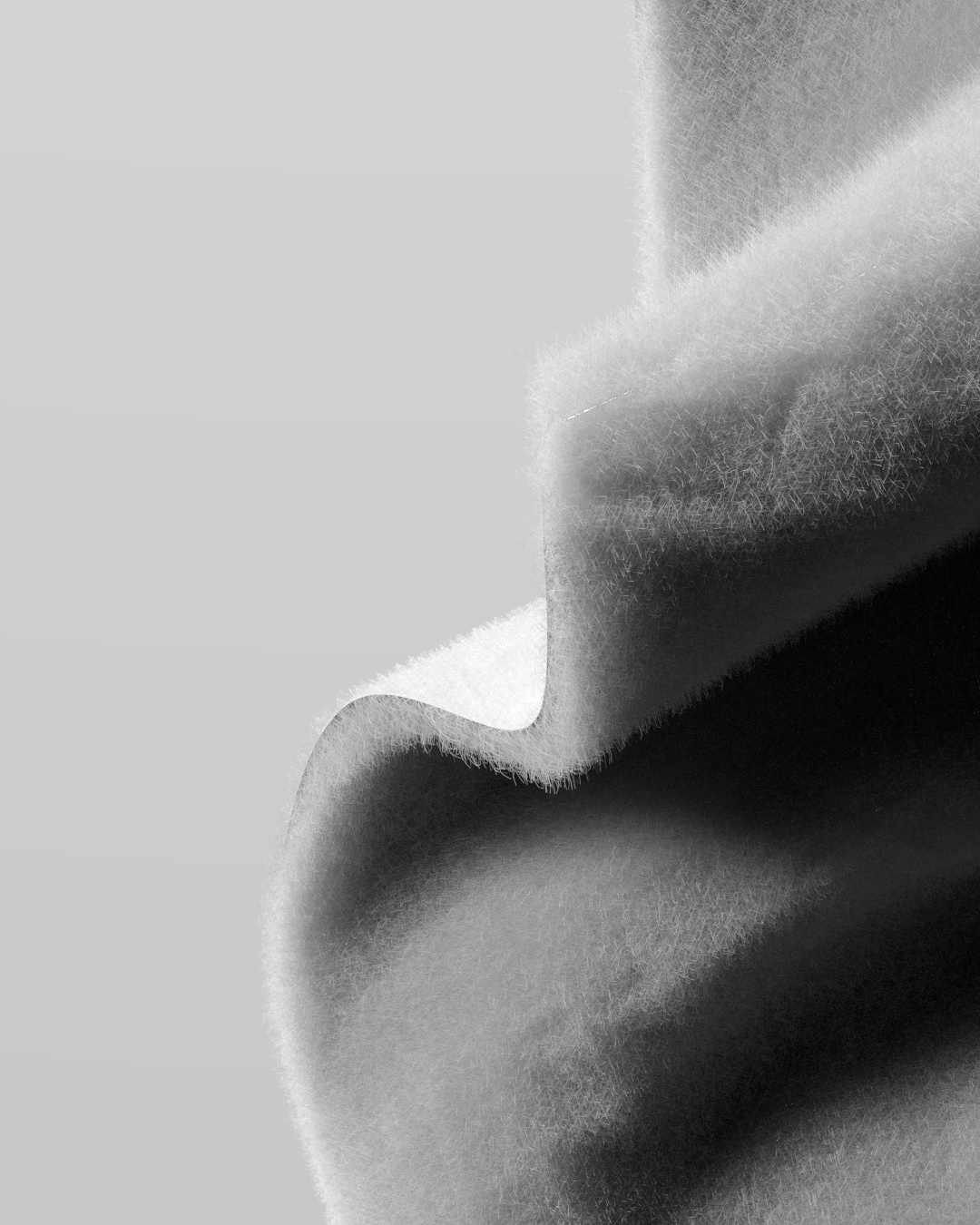

Using different types of fiber, manufacturers get control over the properties of the final product. For instance, adding synthetic material, like acrylic, to wool helps to make the textile more lasting.
Applications
Dense and entangled, felt is useful when something needs to be absorbed.
The material is widely used in manufacturing as a filter for solid, liquid, and gaseous substances: it can trap both small and light particles, like dust or flour, and heavy matter, like oil.

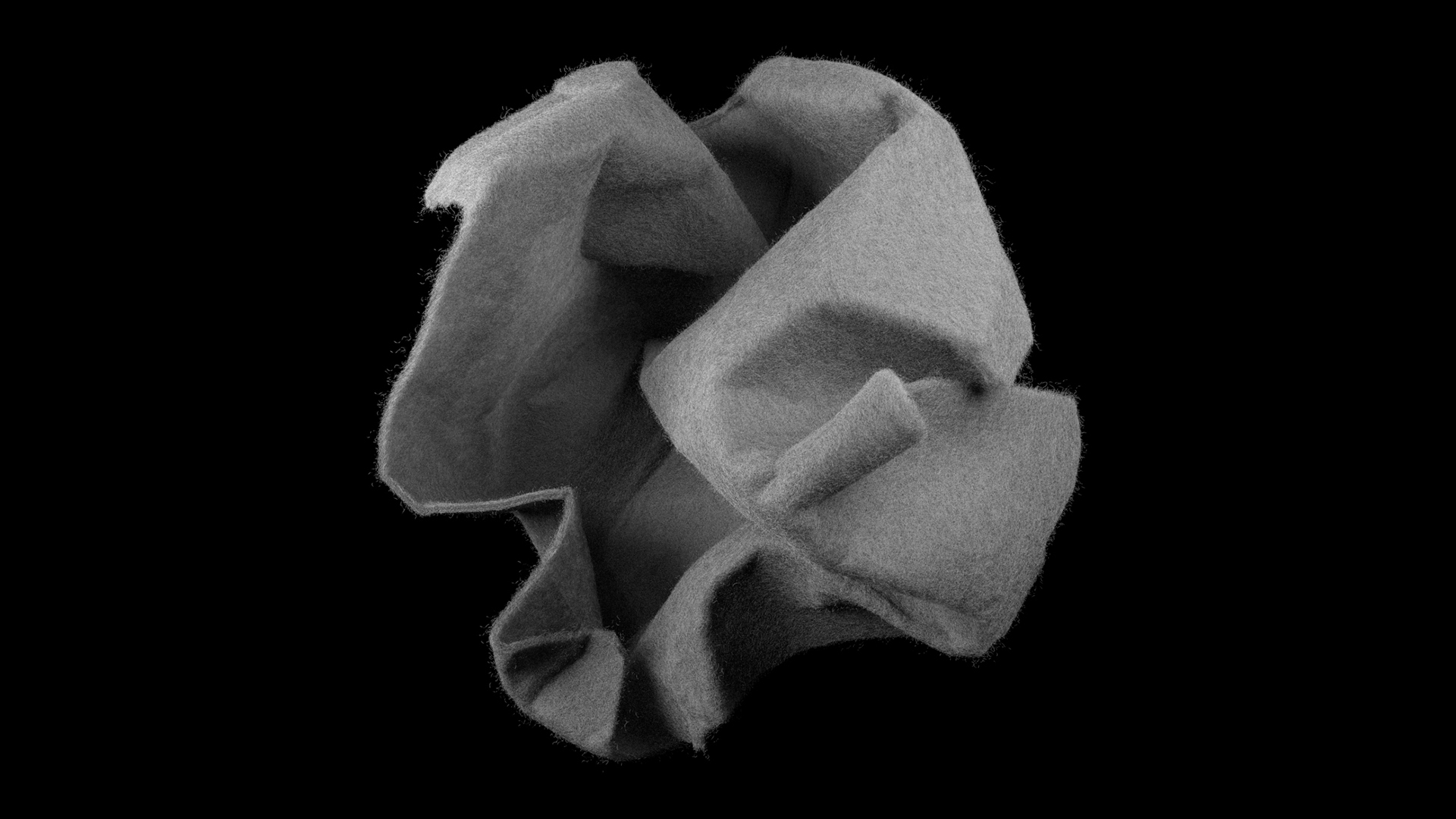

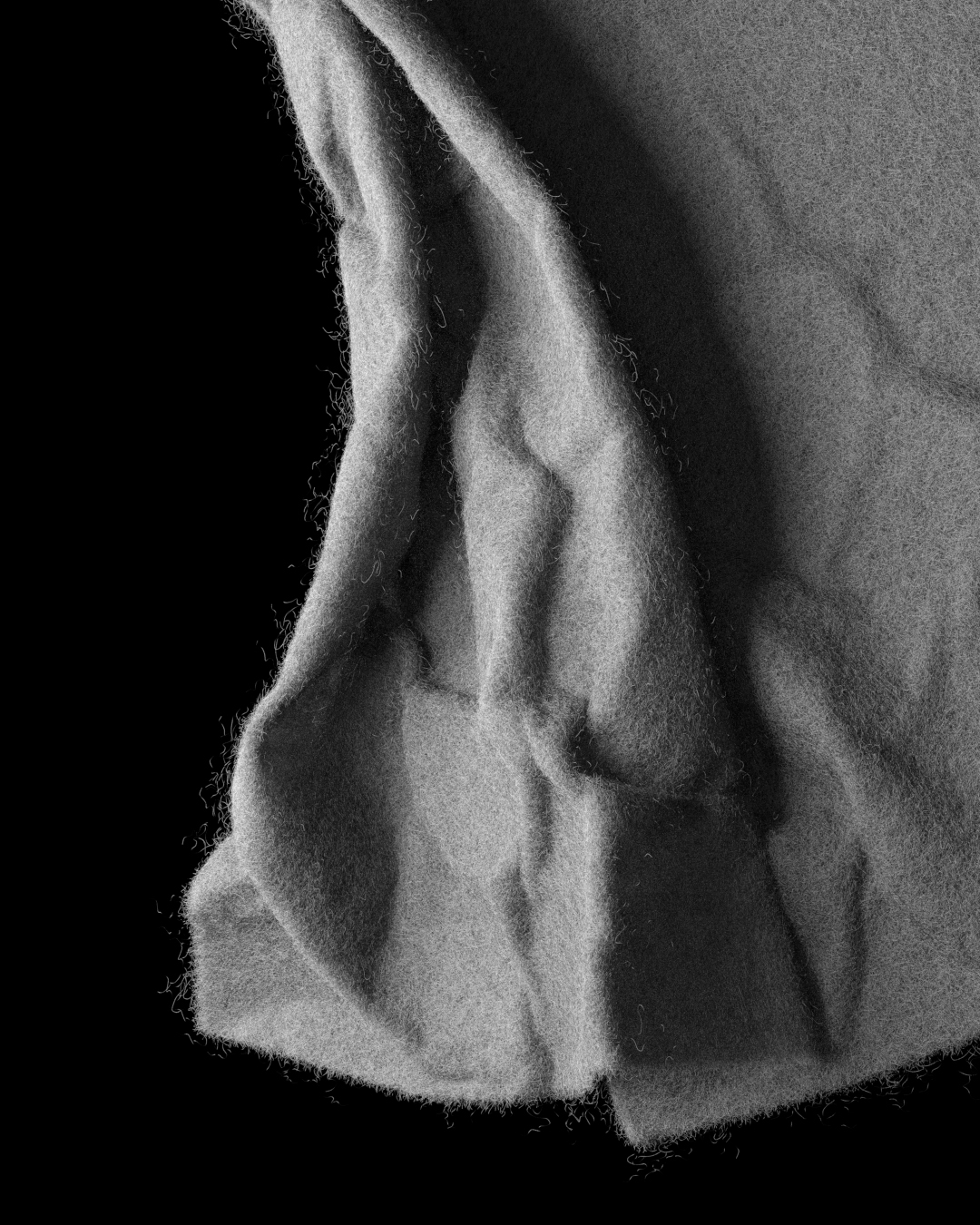
The textile is also effective in sound absorption. When sound waves pass through felt, they lose their energy, as the material consists of manifold individual fibers vibrating under the influence of sound.
Due to the complicated inner structure, acoustic panels made of felt can be quite thin—less than a centimeter. That means that lightweight felt tiles can also be formed or layered to have more control over acoustics, or simply for the purpose of decoration.
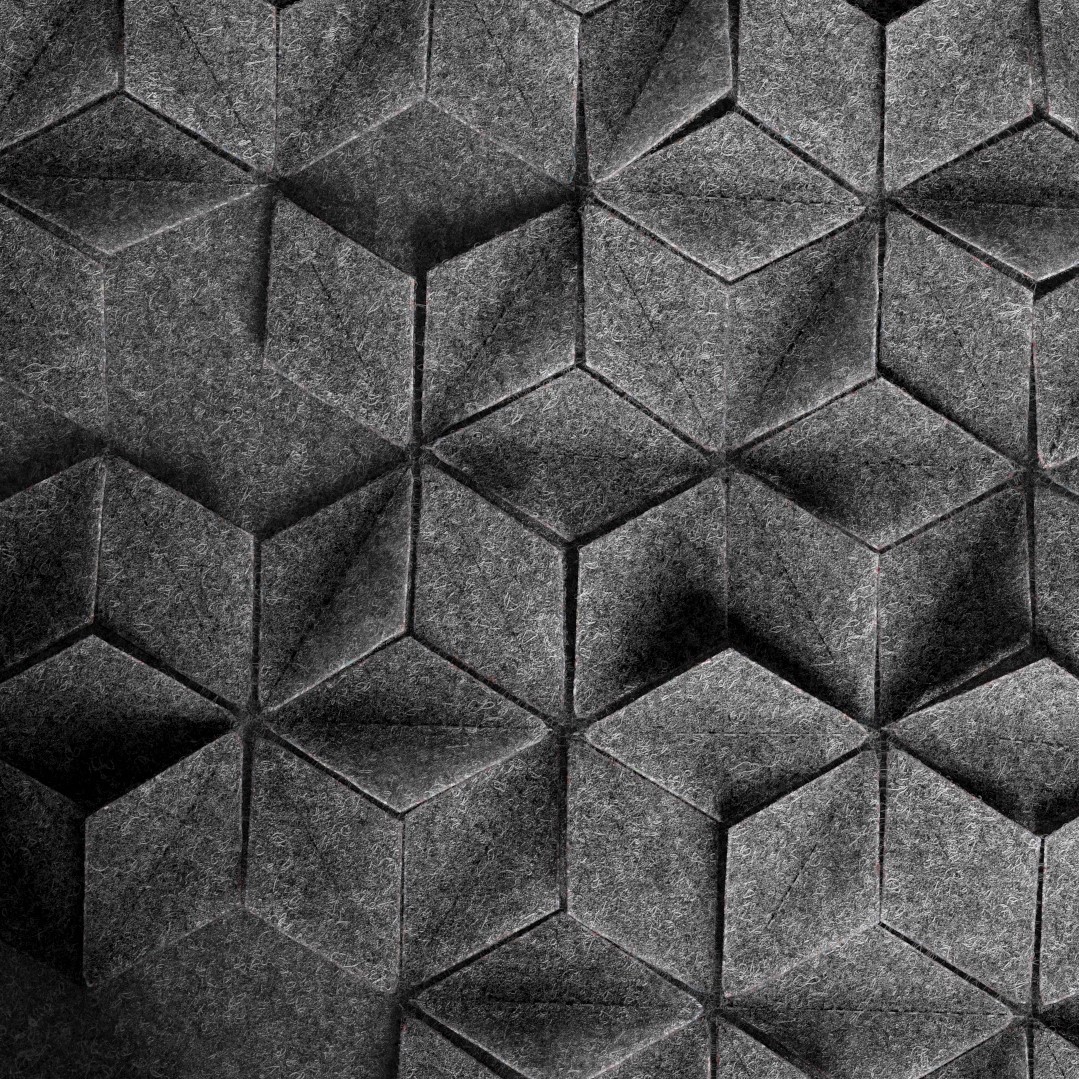

Felt barely conducts not only sound but also heat. Containing lots of air cavities inside, it serves as an insulating material, both in manufacturing and construction.
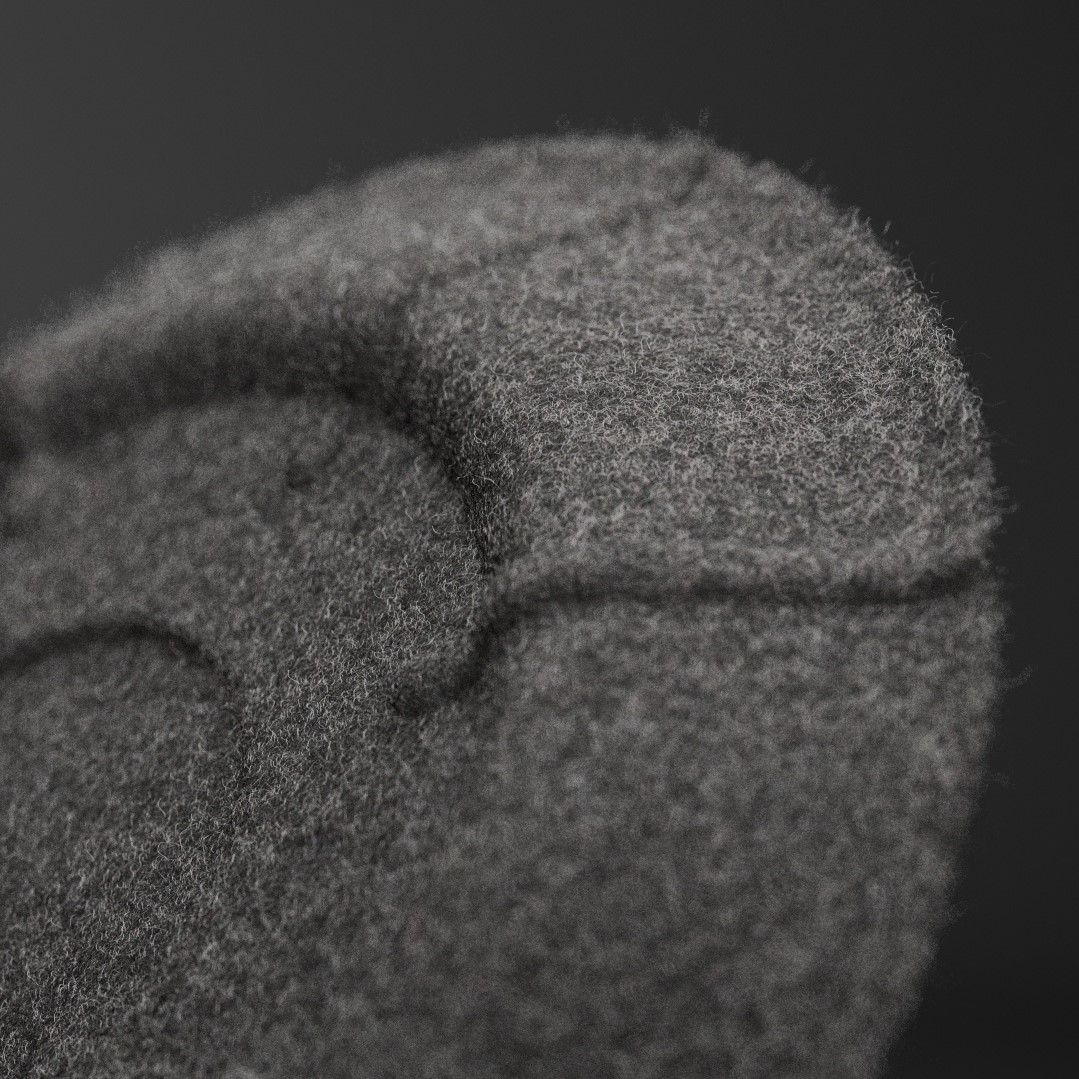
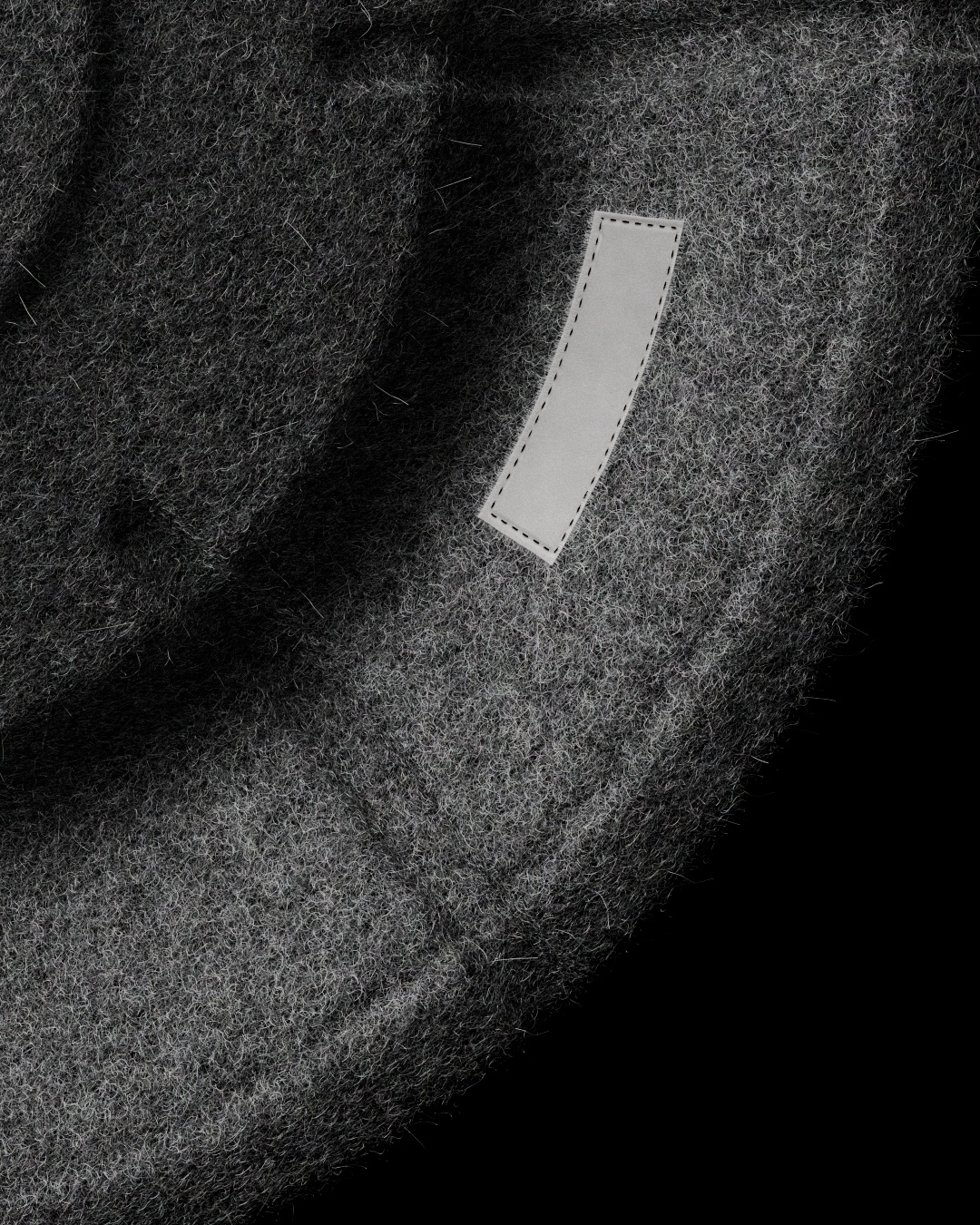
Felt barely conducts not only sound but also heat. Containing lots of air cavities inside, it serves as an insulating material, both in manufacturing and construction.
This flexibility of material can be used in the final product as well: for instance, felt can form a folded configurable chair that will adjust to the body of the person sitting in it.
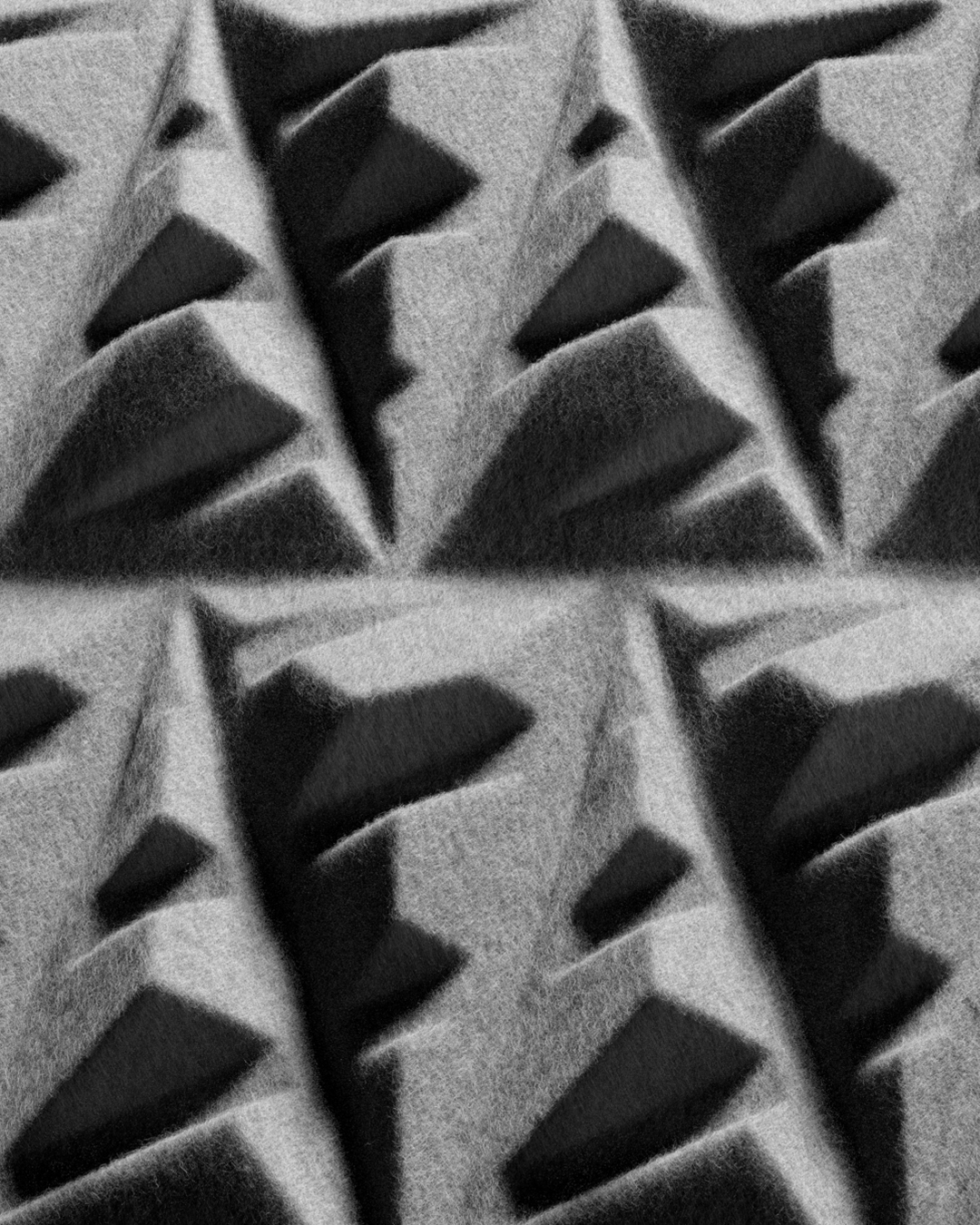
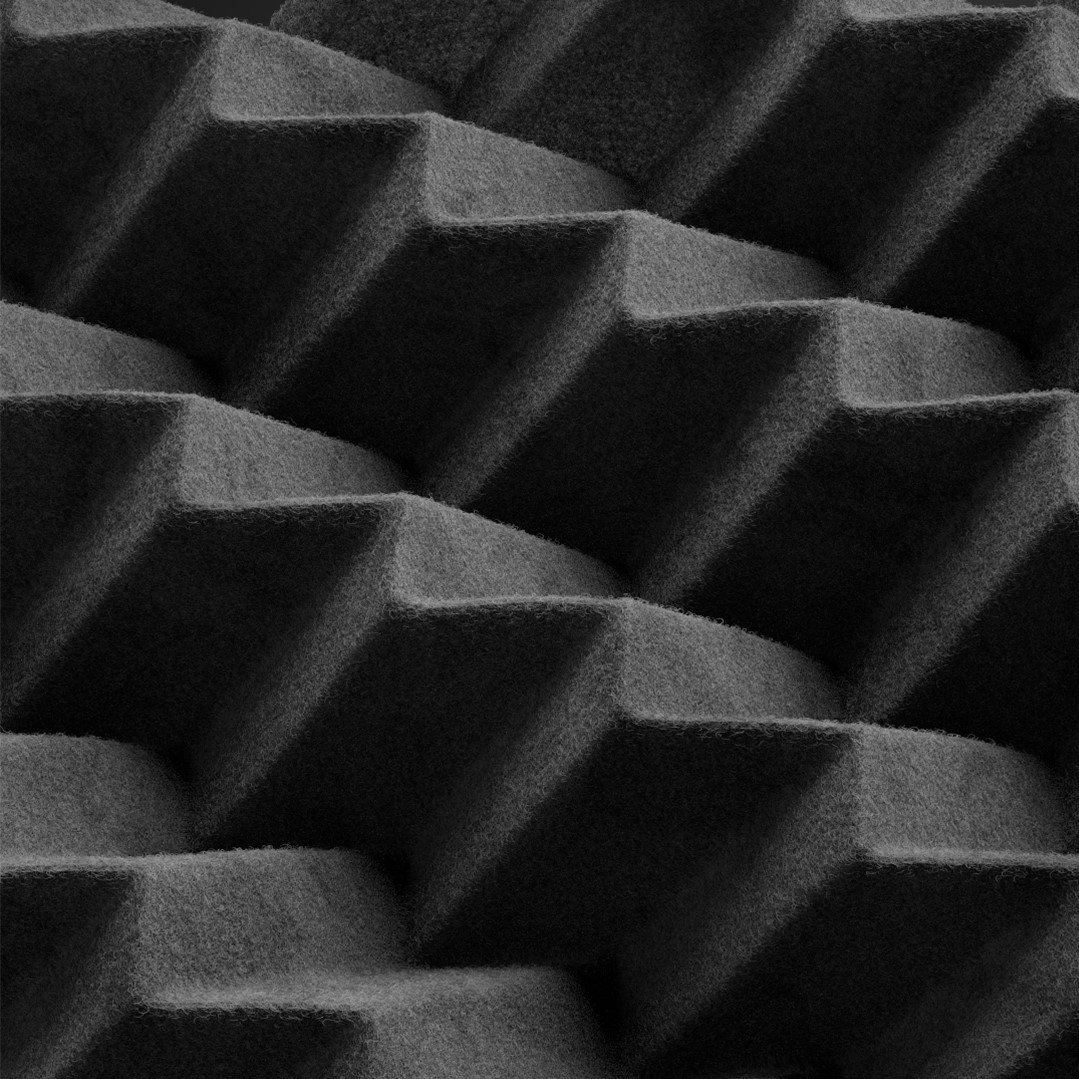
Felt may also be used as a smart material including embedded electronics. With sensors and devices for visual or haptic feedback, the fabric can be a part of a home or a car, becoming an inconspicuous control panel or a display.
The same goes for clothes and accessories: coats and bags with chips and sensors inside could display necessary information and send signals to the wearer's devices.

Besides wool-based felts, there are fully artificial felts that have additional properties. Carbon and graphite felts made of conductive materials are used as electrodes, and polyglycolic acid felt is used during surgeries and post-surgery treatment as an absorbing material.
Our research
We examined felt at every stage of its life cycle: from formation to destruction. Working with real samples of the material, we illustrated its various properties.
Starting with individual threads, we created the textile, which was then used to absorb sound and get into a flexible shape.
A separate direction was dedicated to the tactility of material: carefully looking at the way felt bends, rolls up, and unfolds, we transferred these patterns onto our digital matter.
Credits
Creative and Art Direction:
Igor Sordokhonov, Anna Reshetnikova, Maxim Zhestkov
Design, Animation:
Artur Gadzhiev, Sergey Shurupov, Roman Kotov, Kirill Makhin, Tatyana Balyberdina, Denis Semenov, Roman Eltsov, Roman Kuzminykh
Edit:
Pavel Pitaev
Sound:
Artyom Markaryan
Text:
Anna Gulyaeva
Year:
2021
Contact us >
work@media.work
Follow us >
Instagram
LinkedIn
Spotify
Media.Work > USA
453 S Spring Street
Ste 400 PMB 102, 90013
Los Angeles
Media.Work > UK
71-75 Shelton Street
WC2H 9JQ
London
Media.Work © 2024